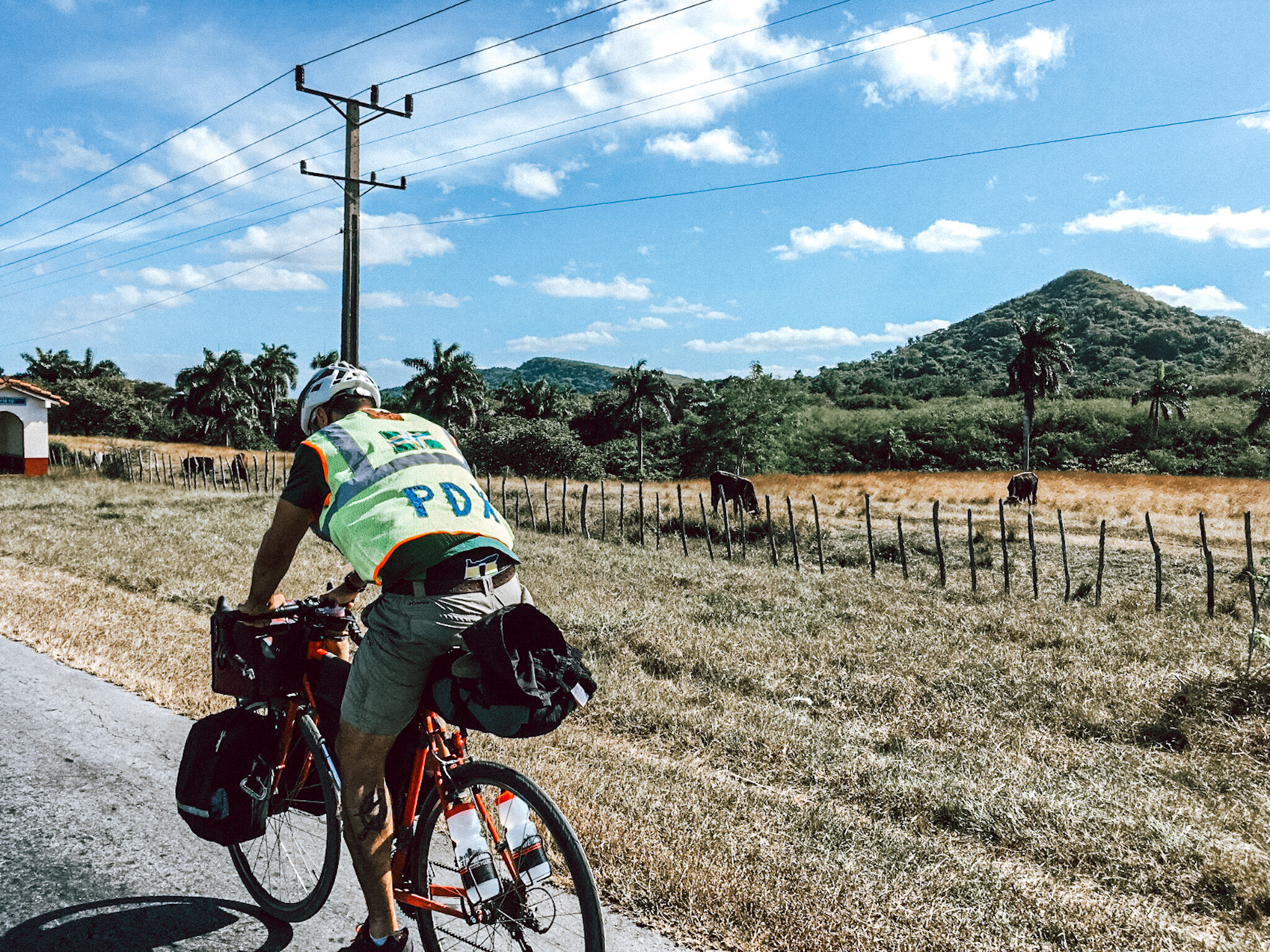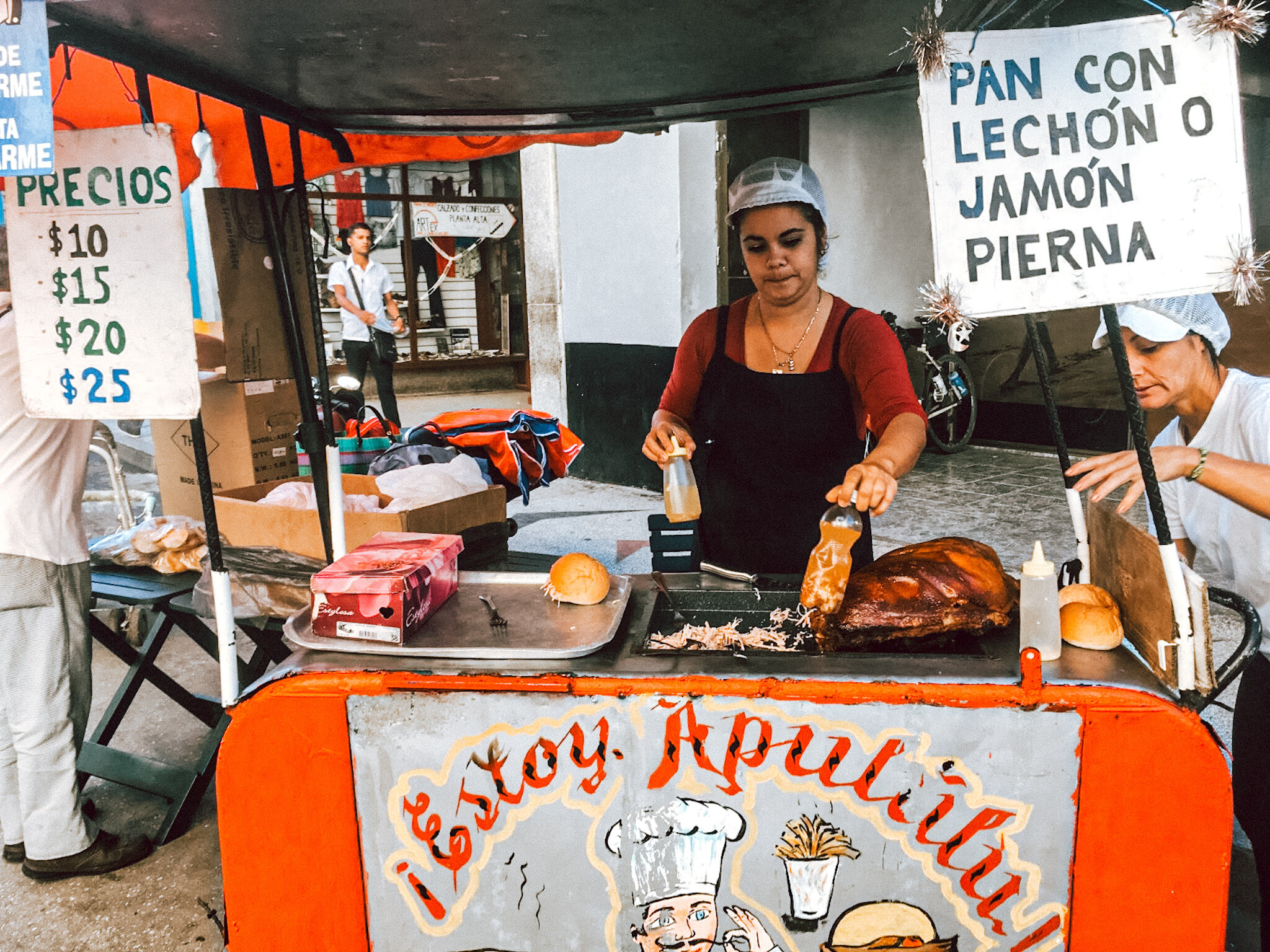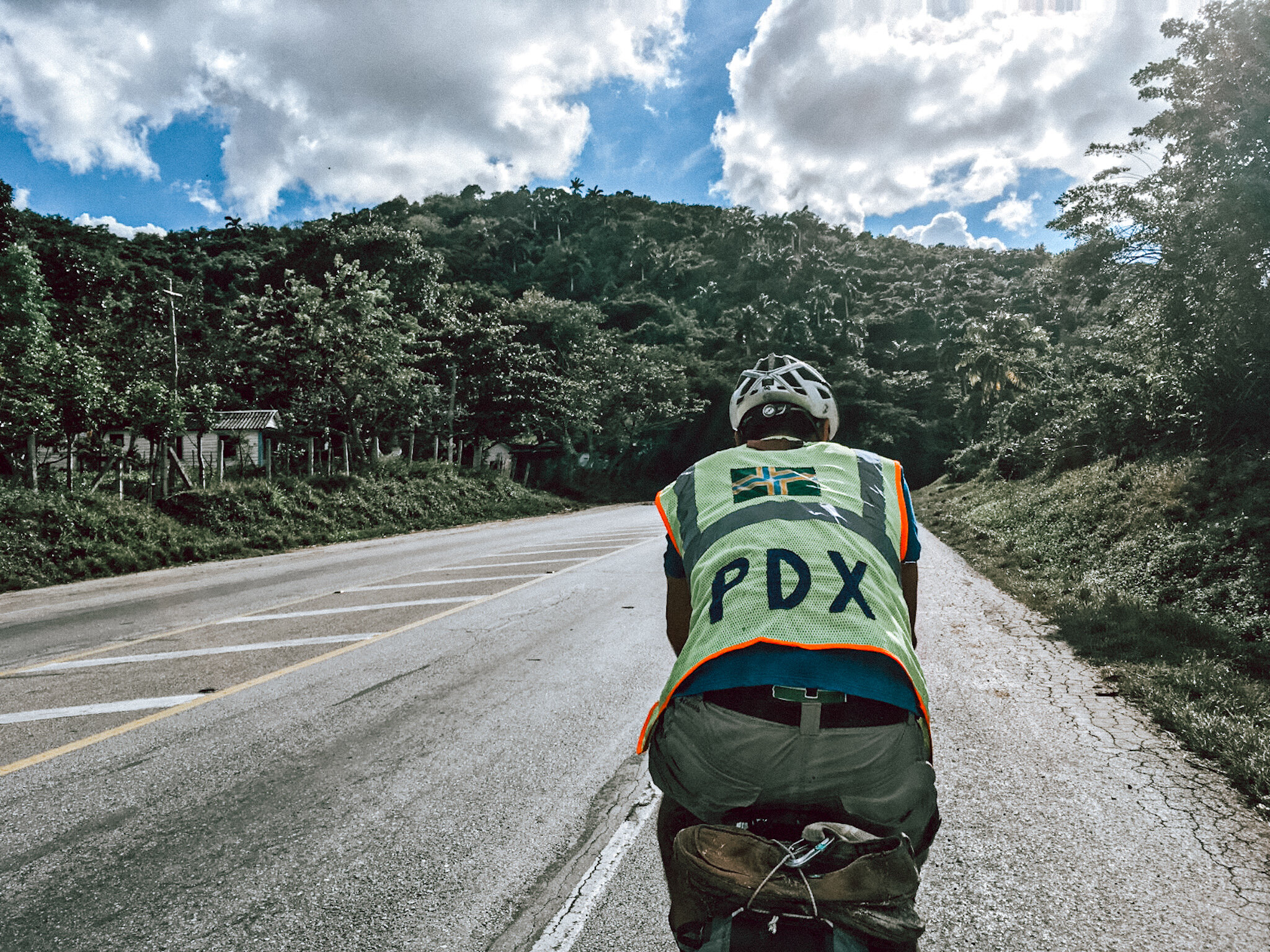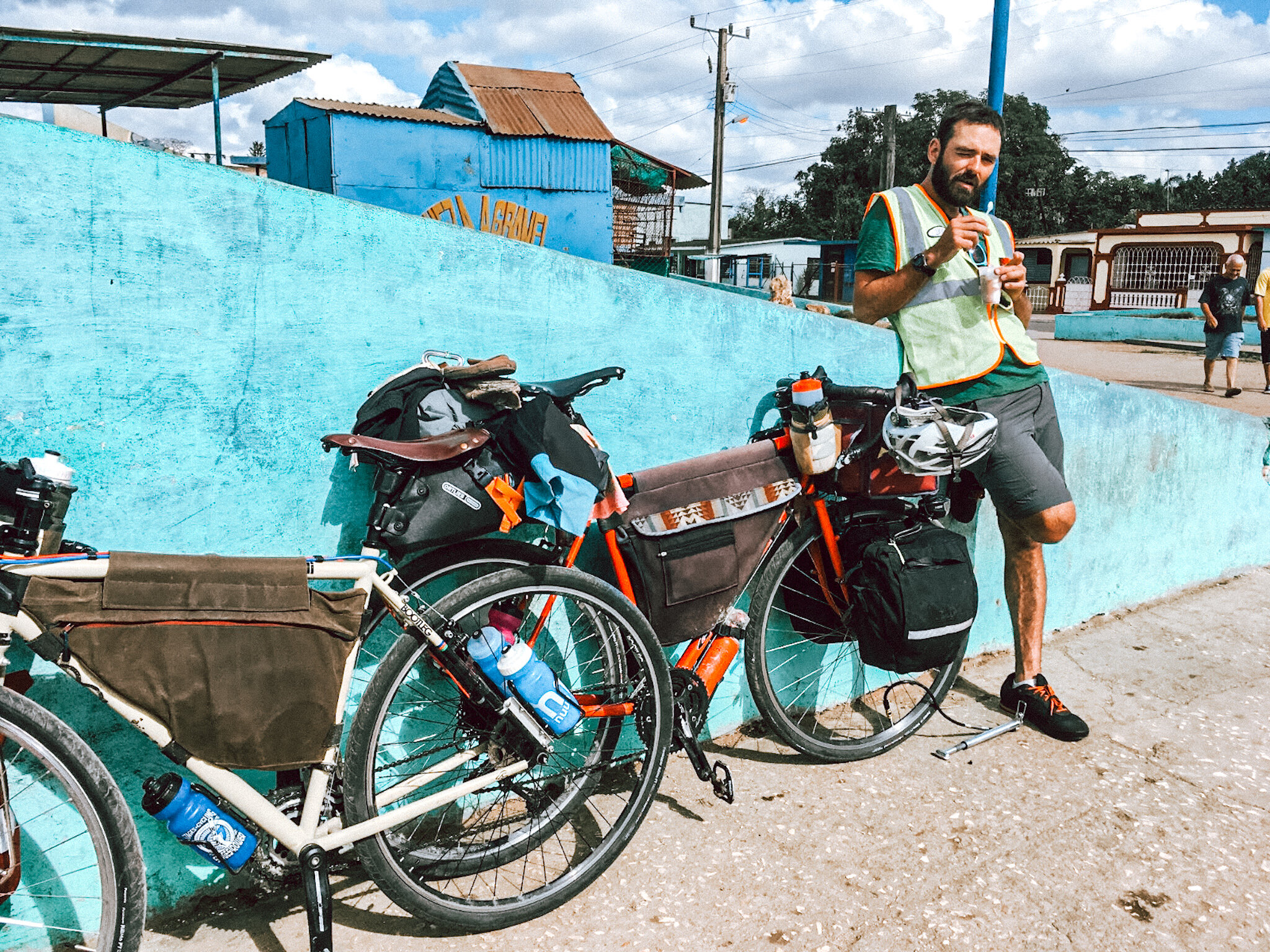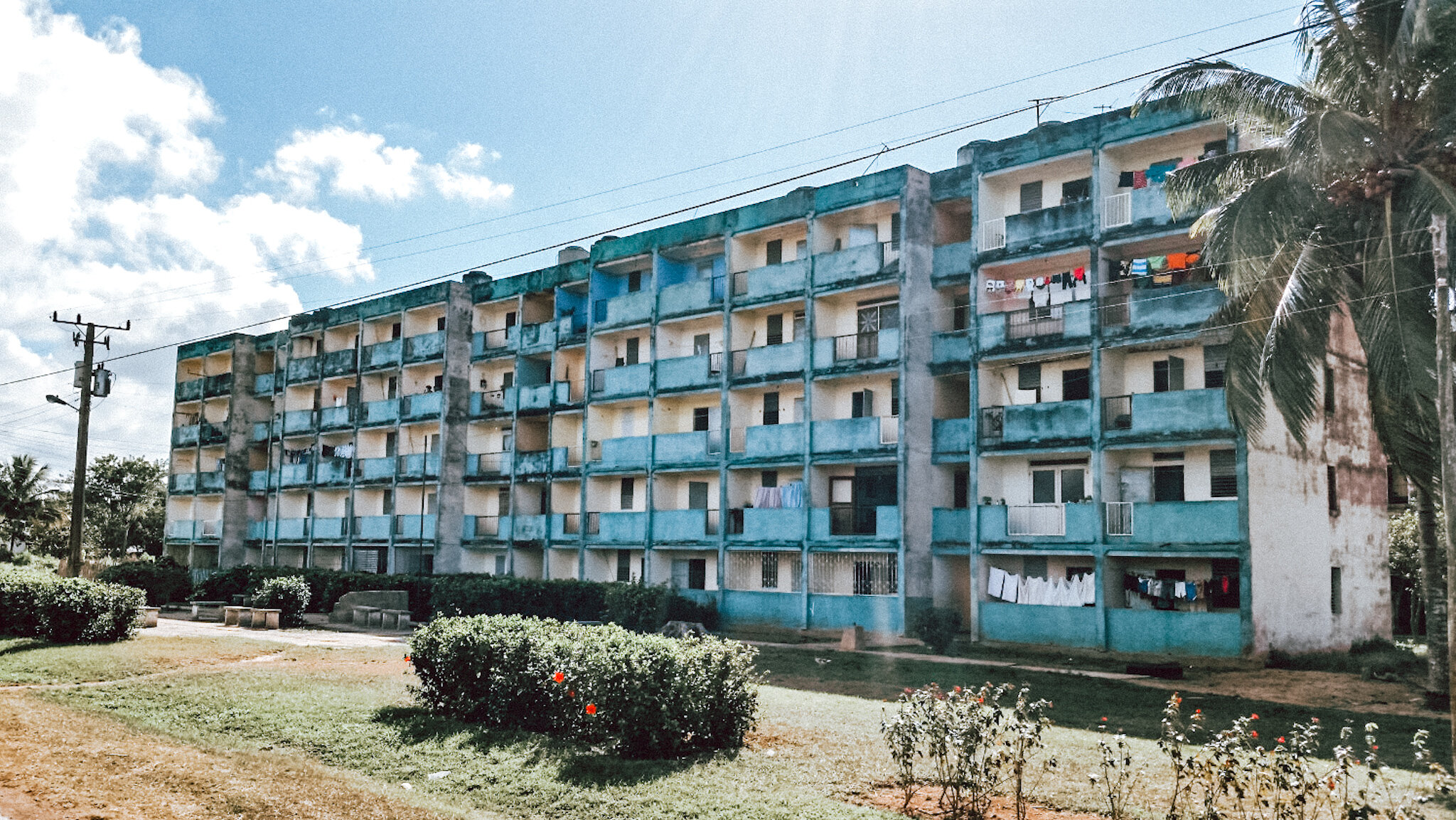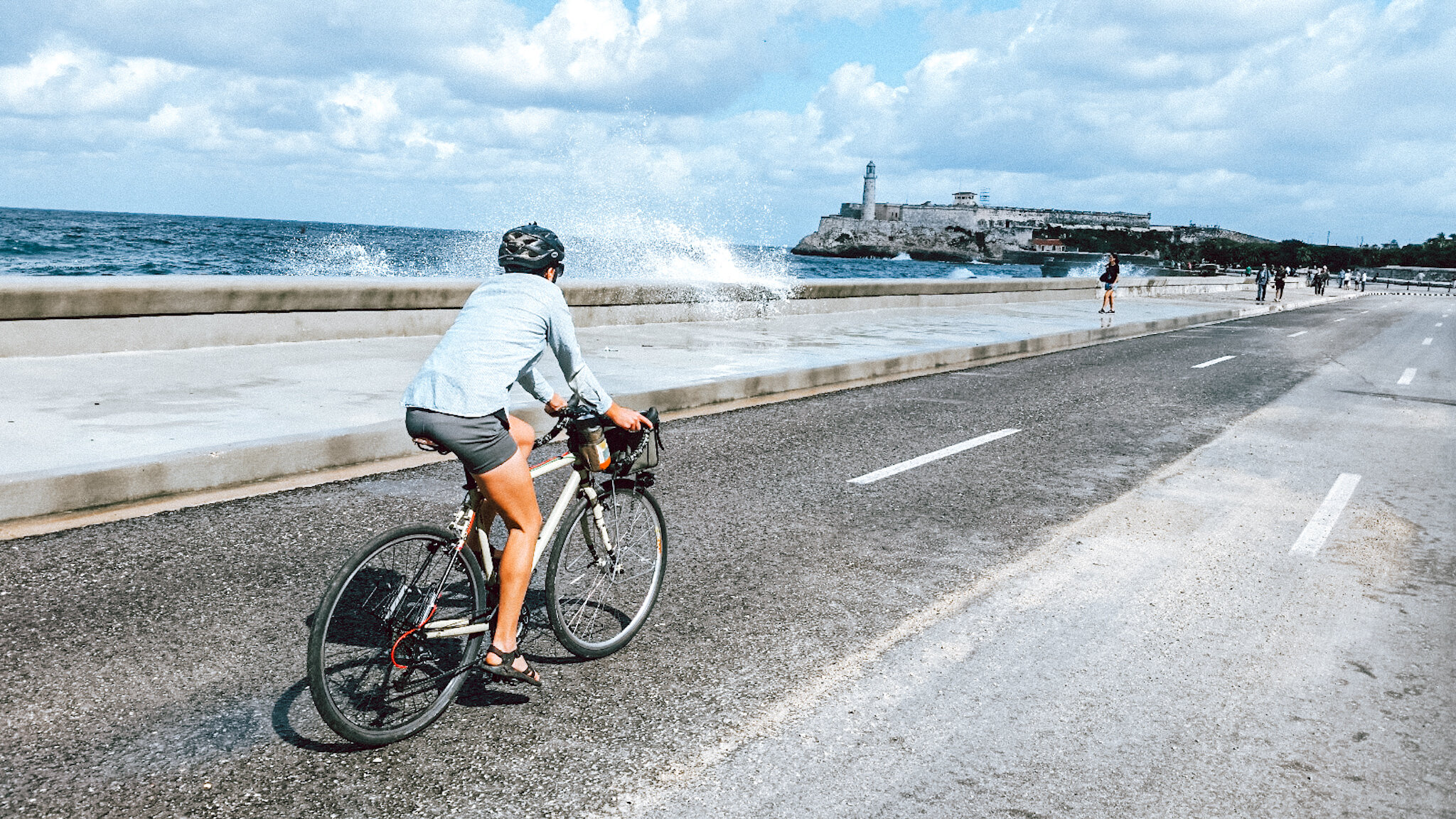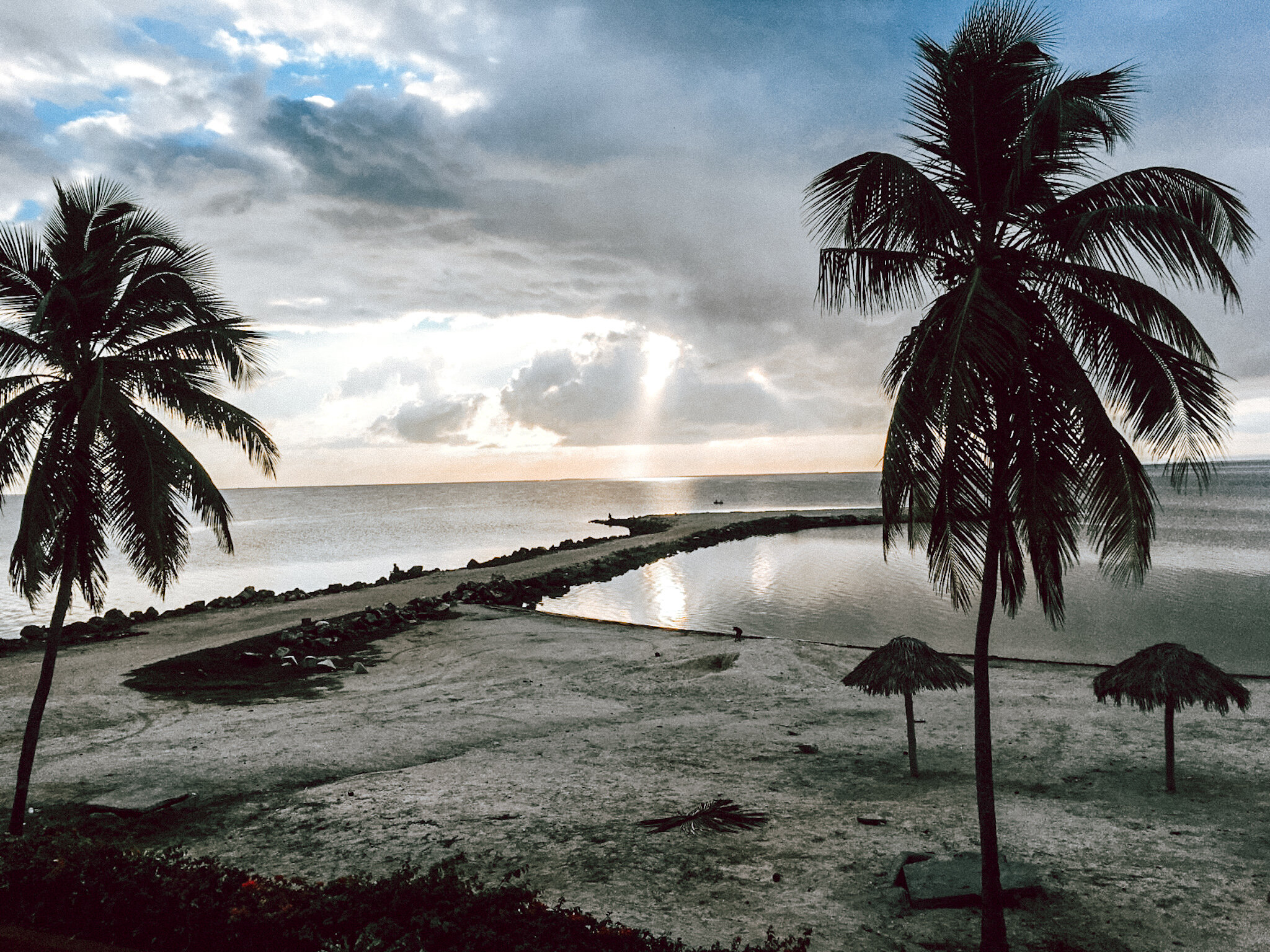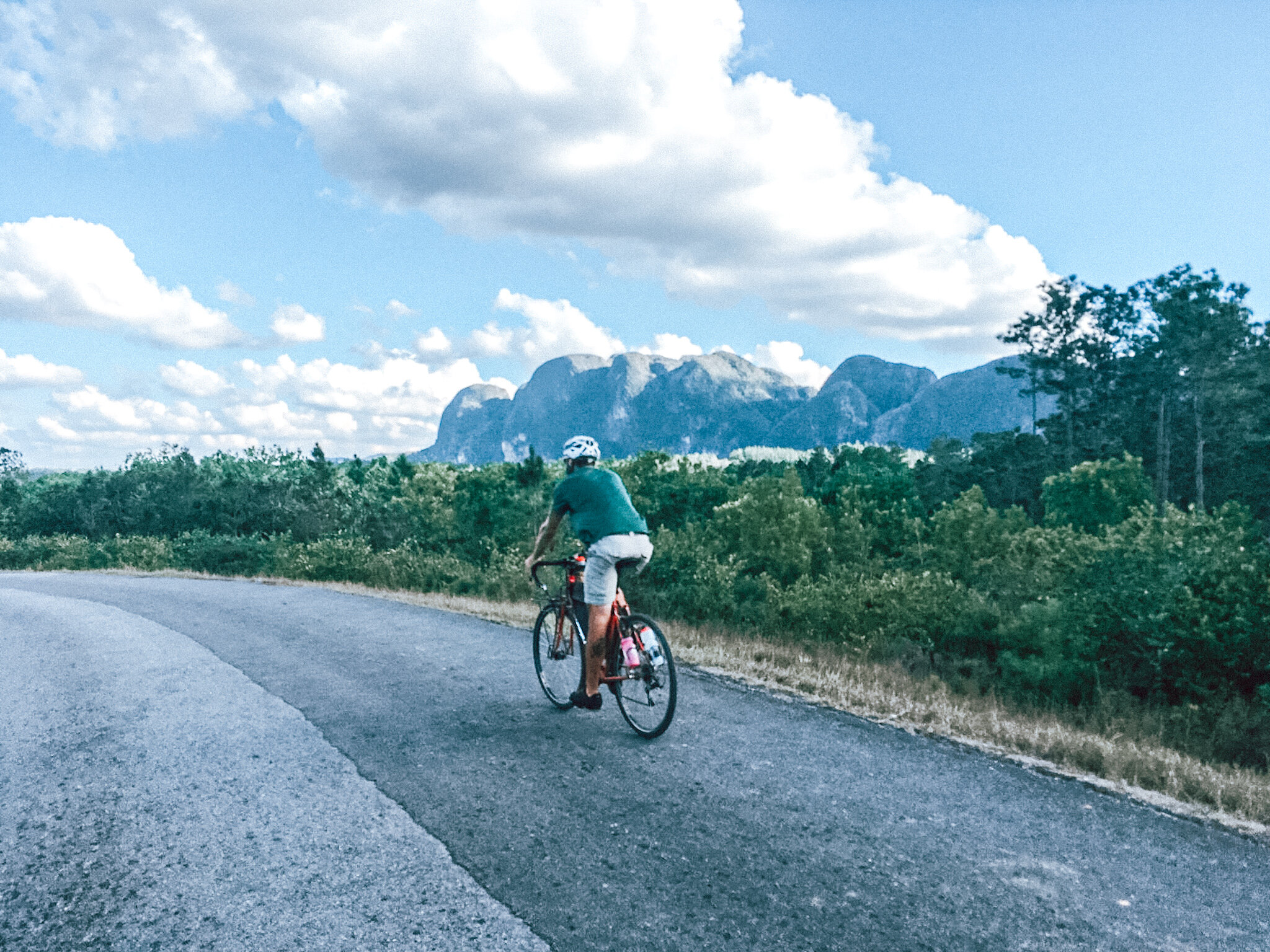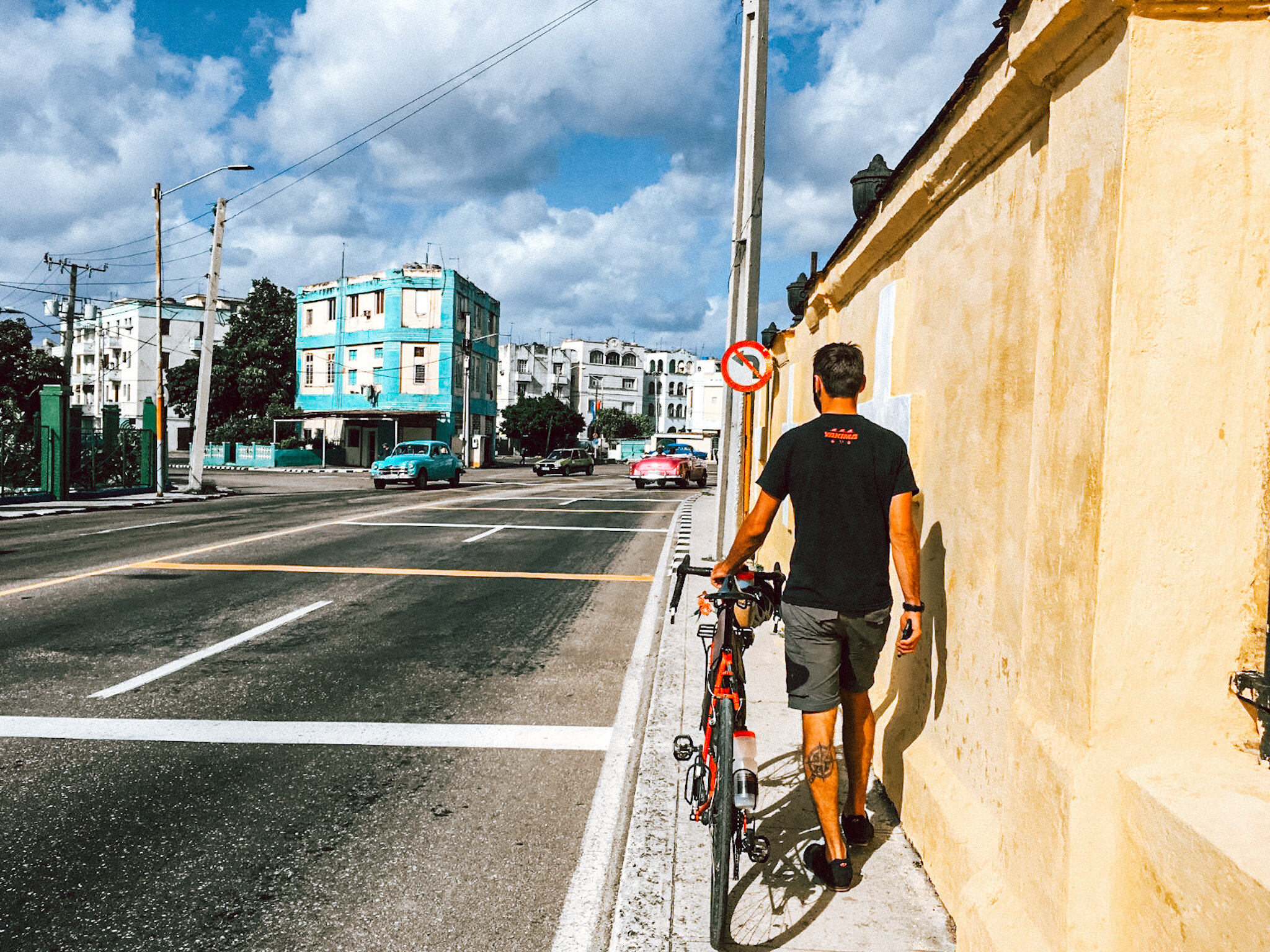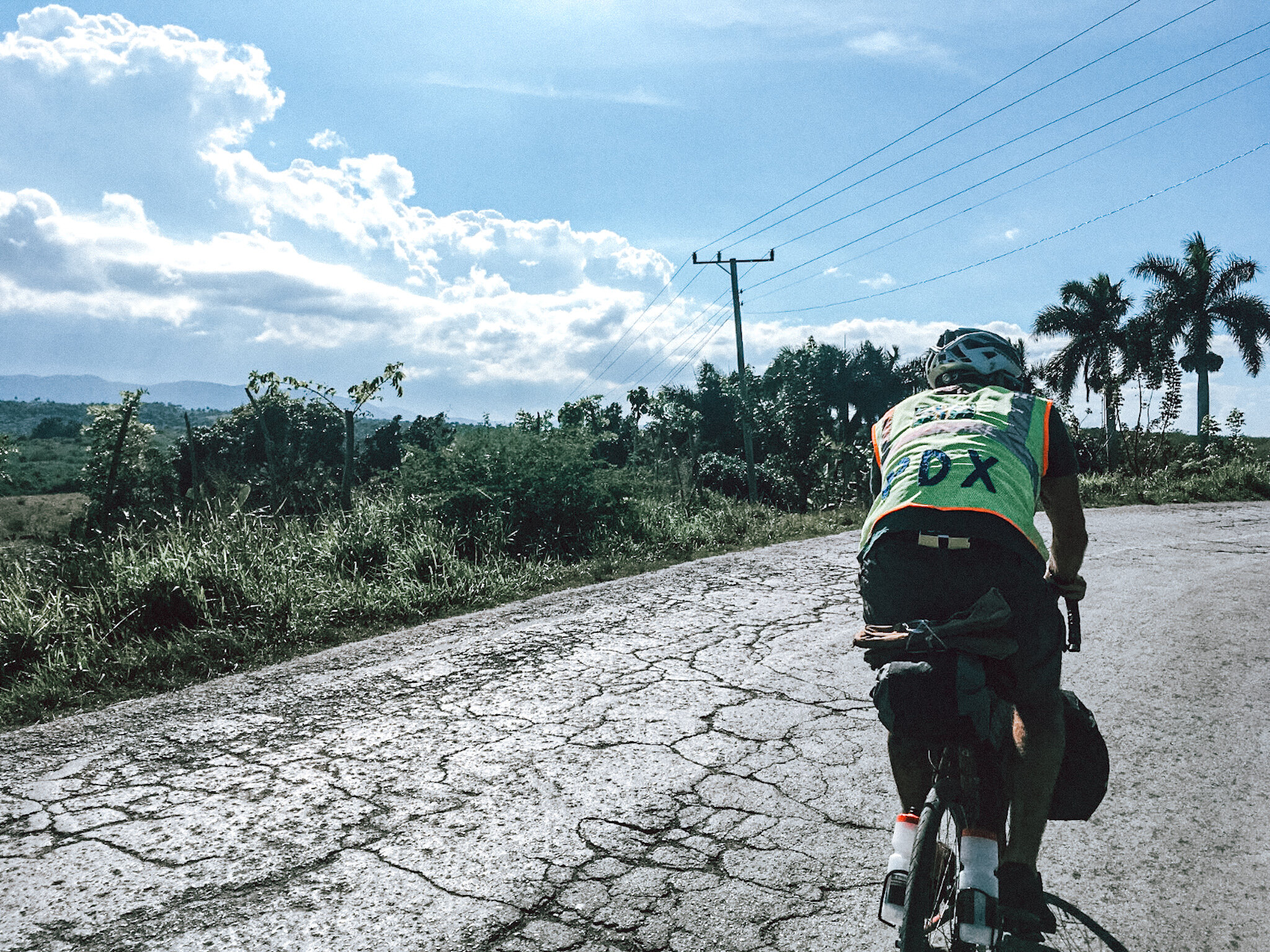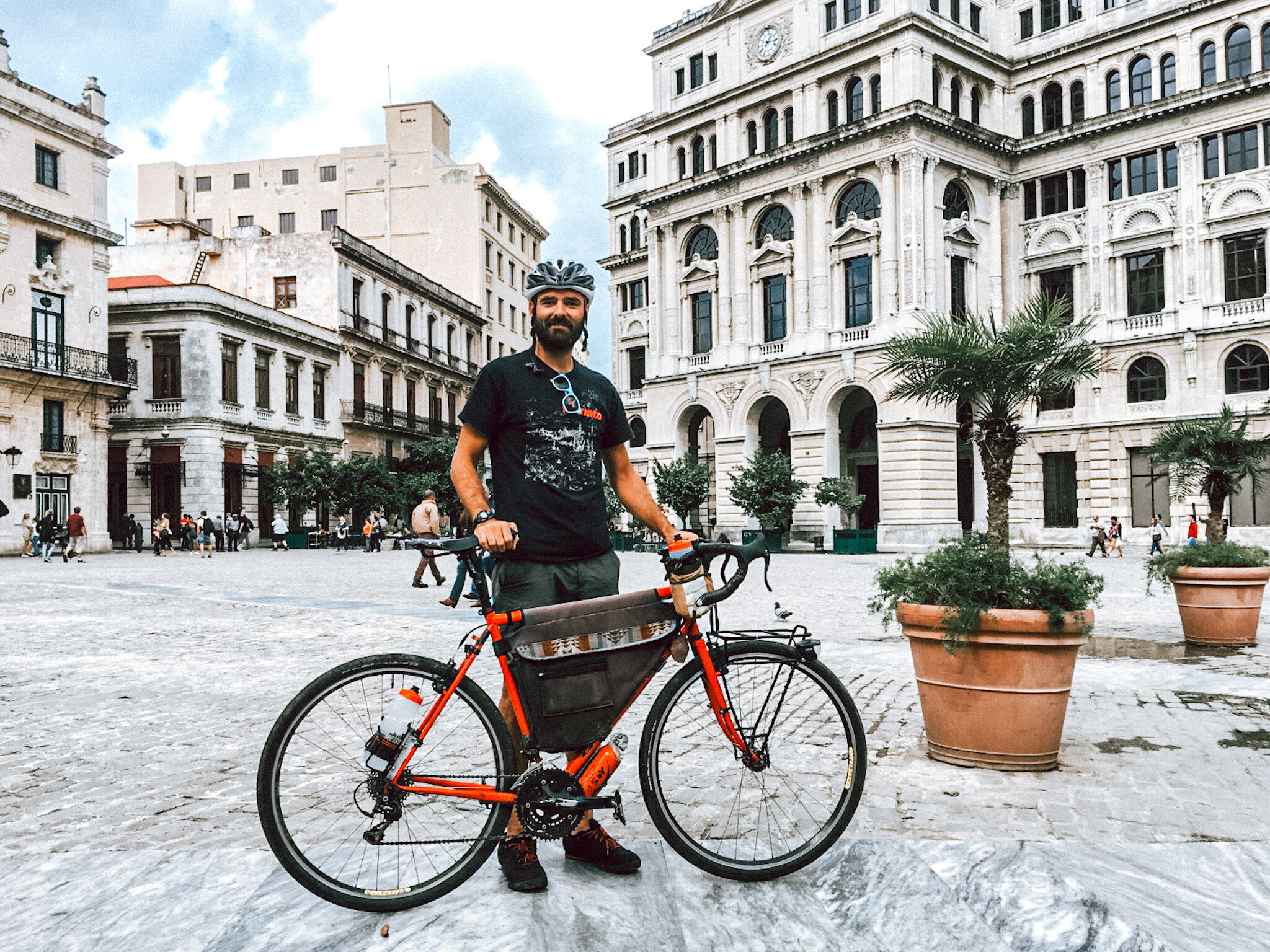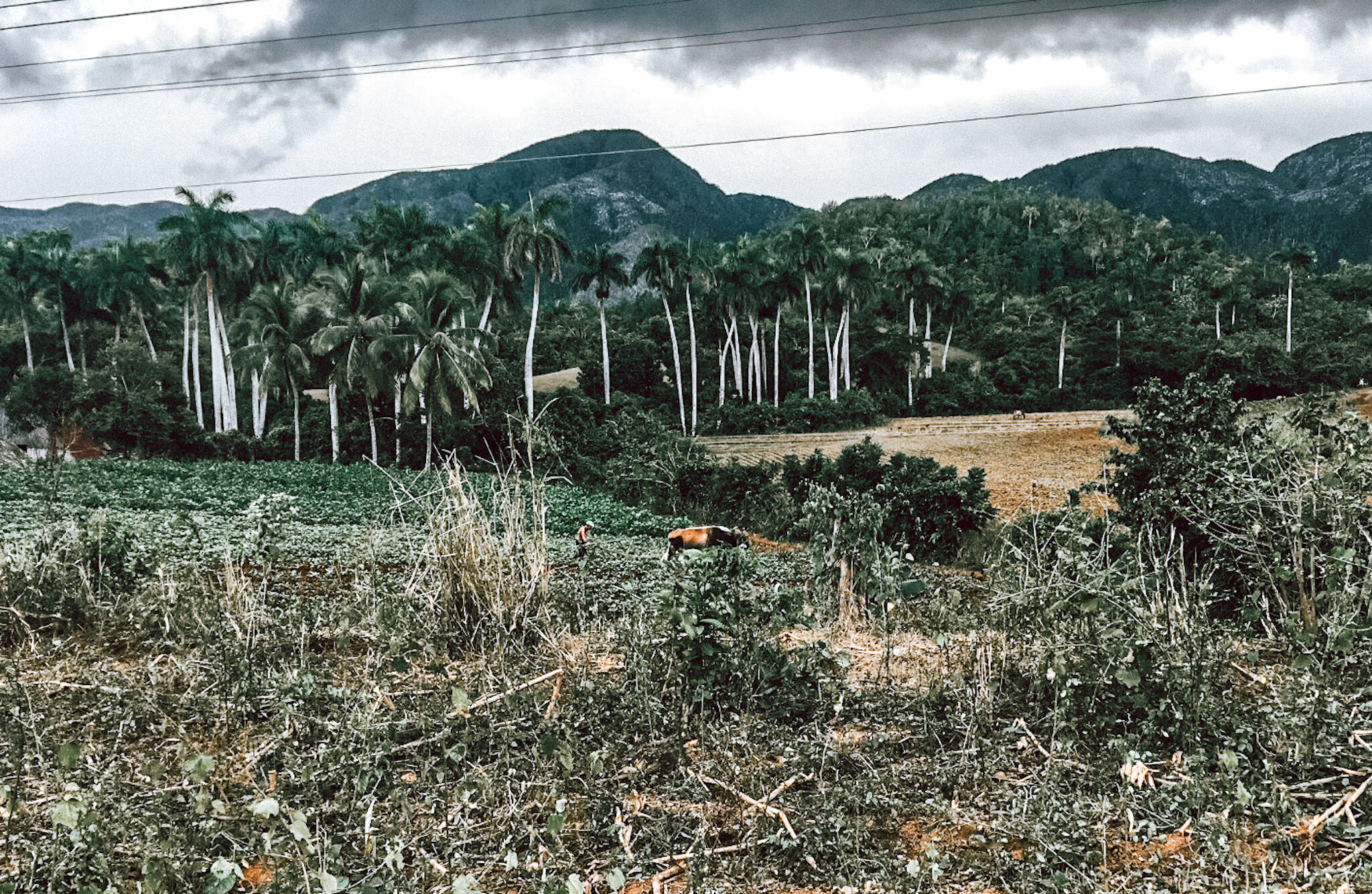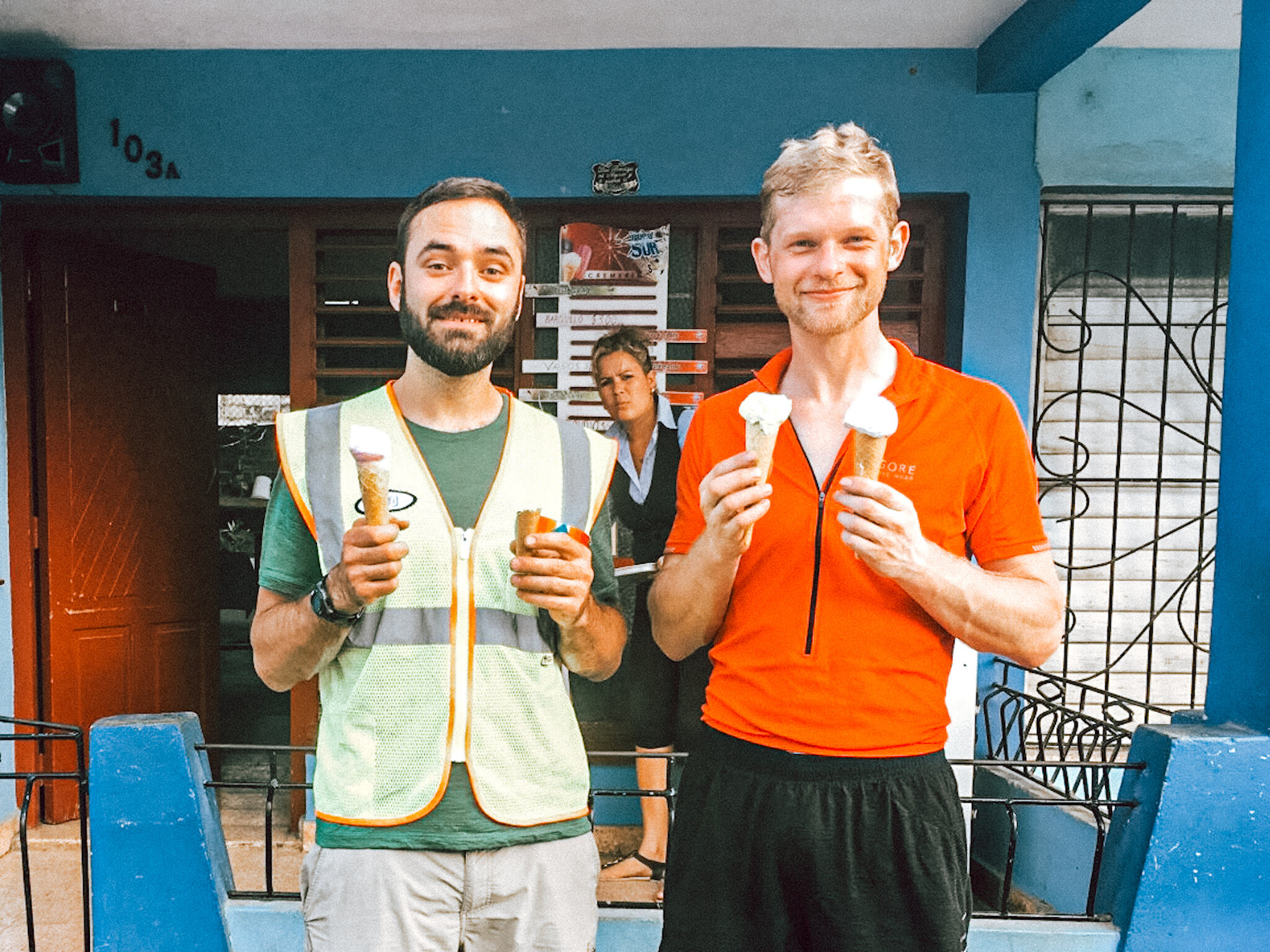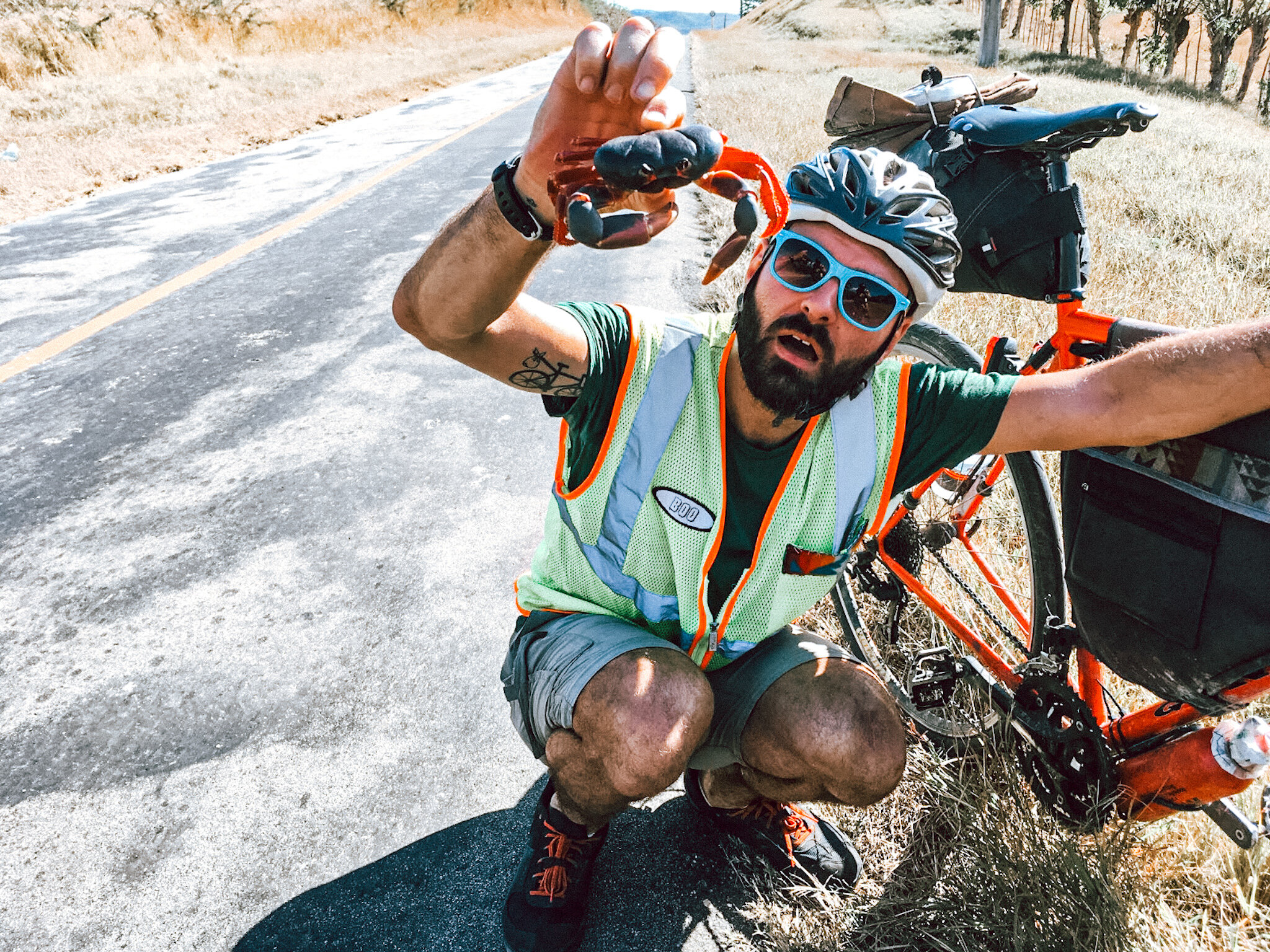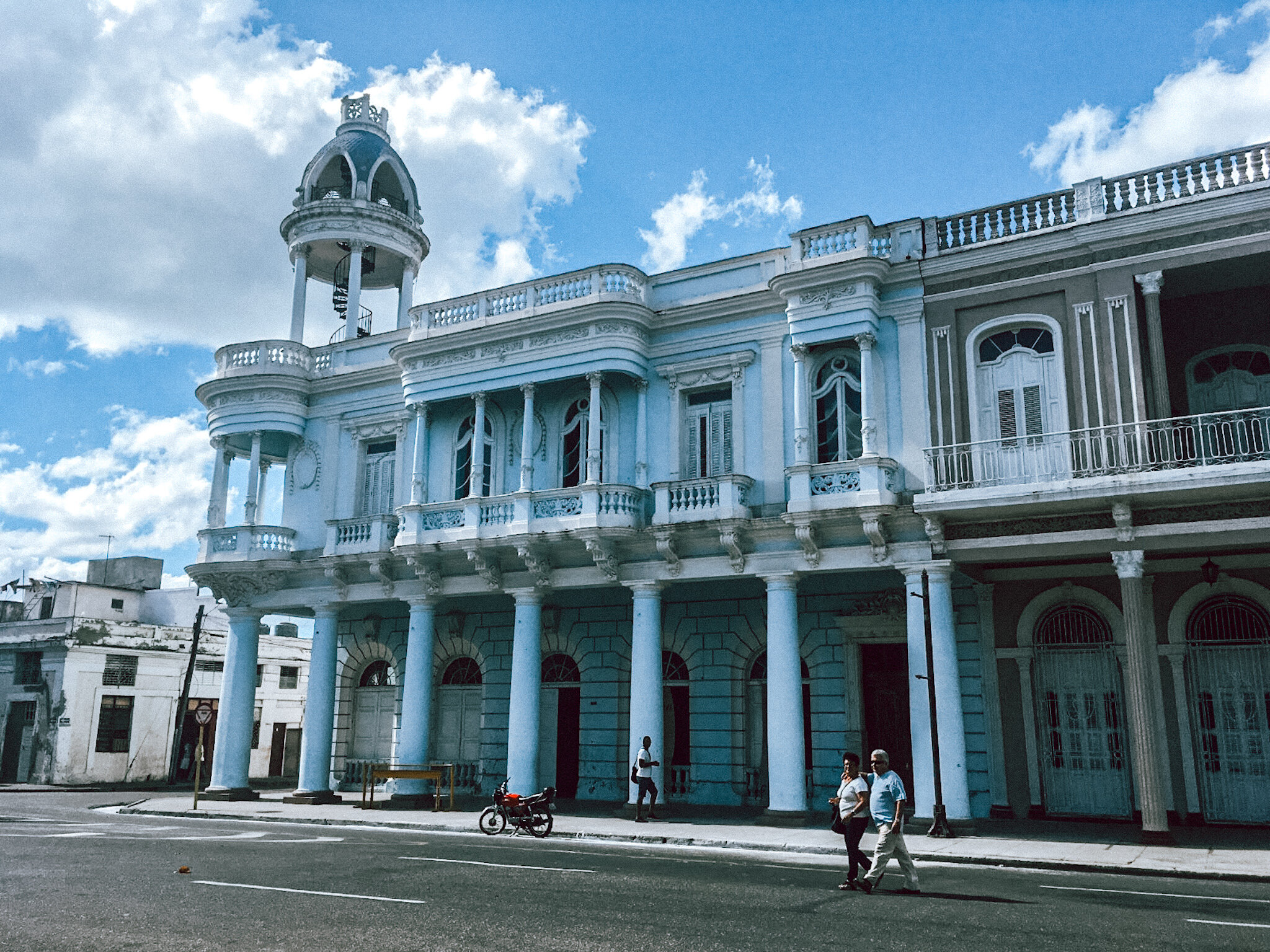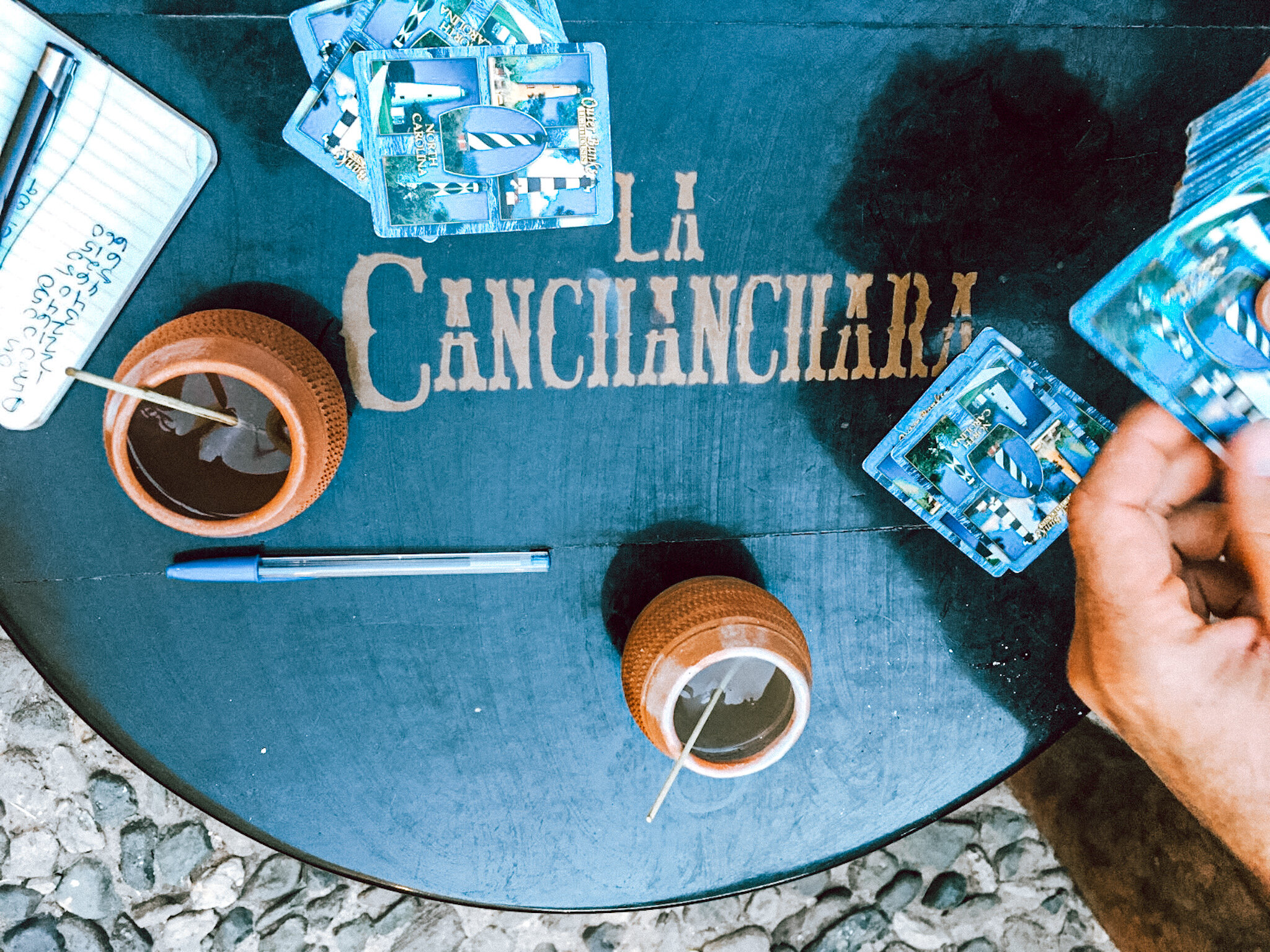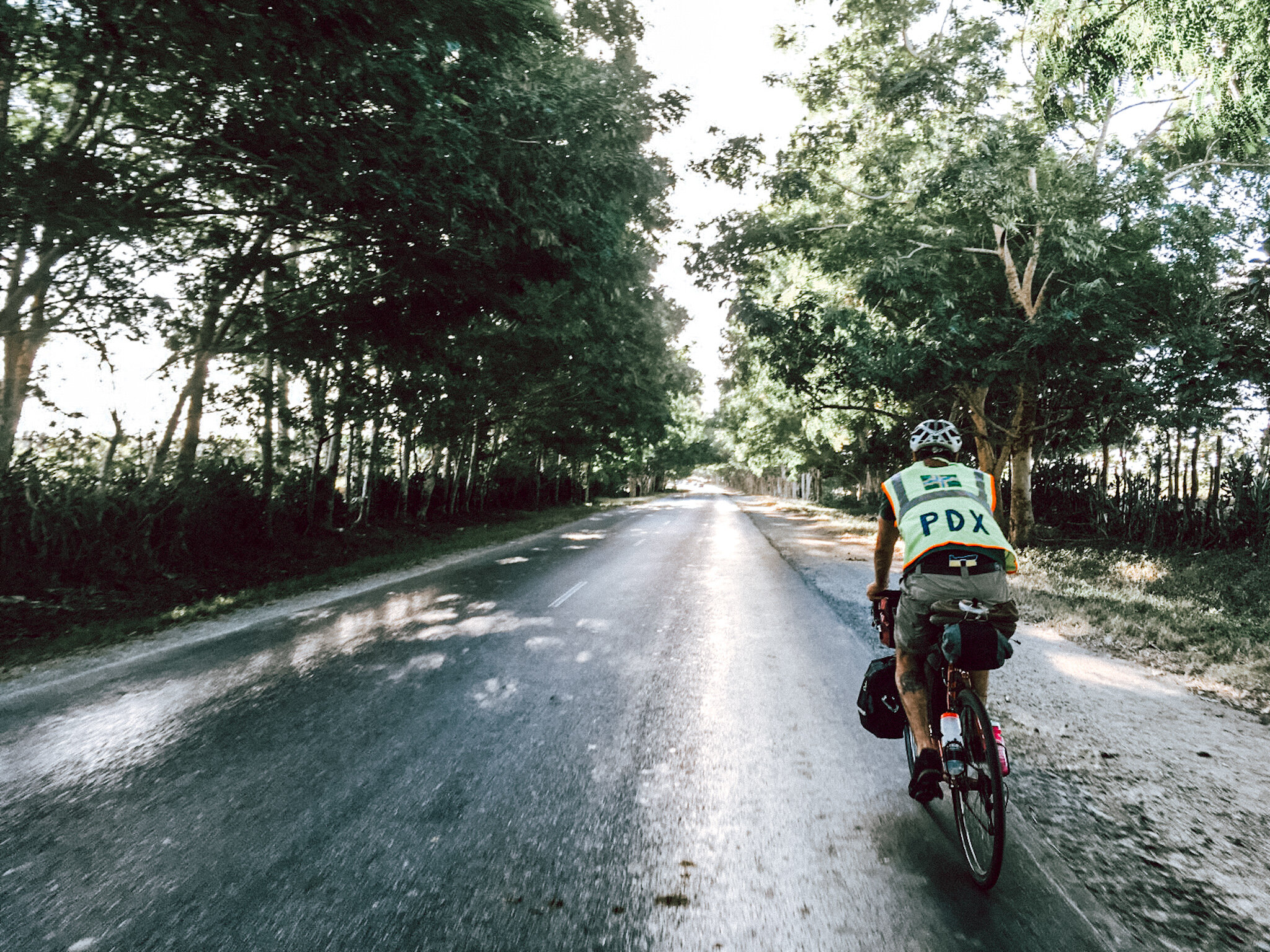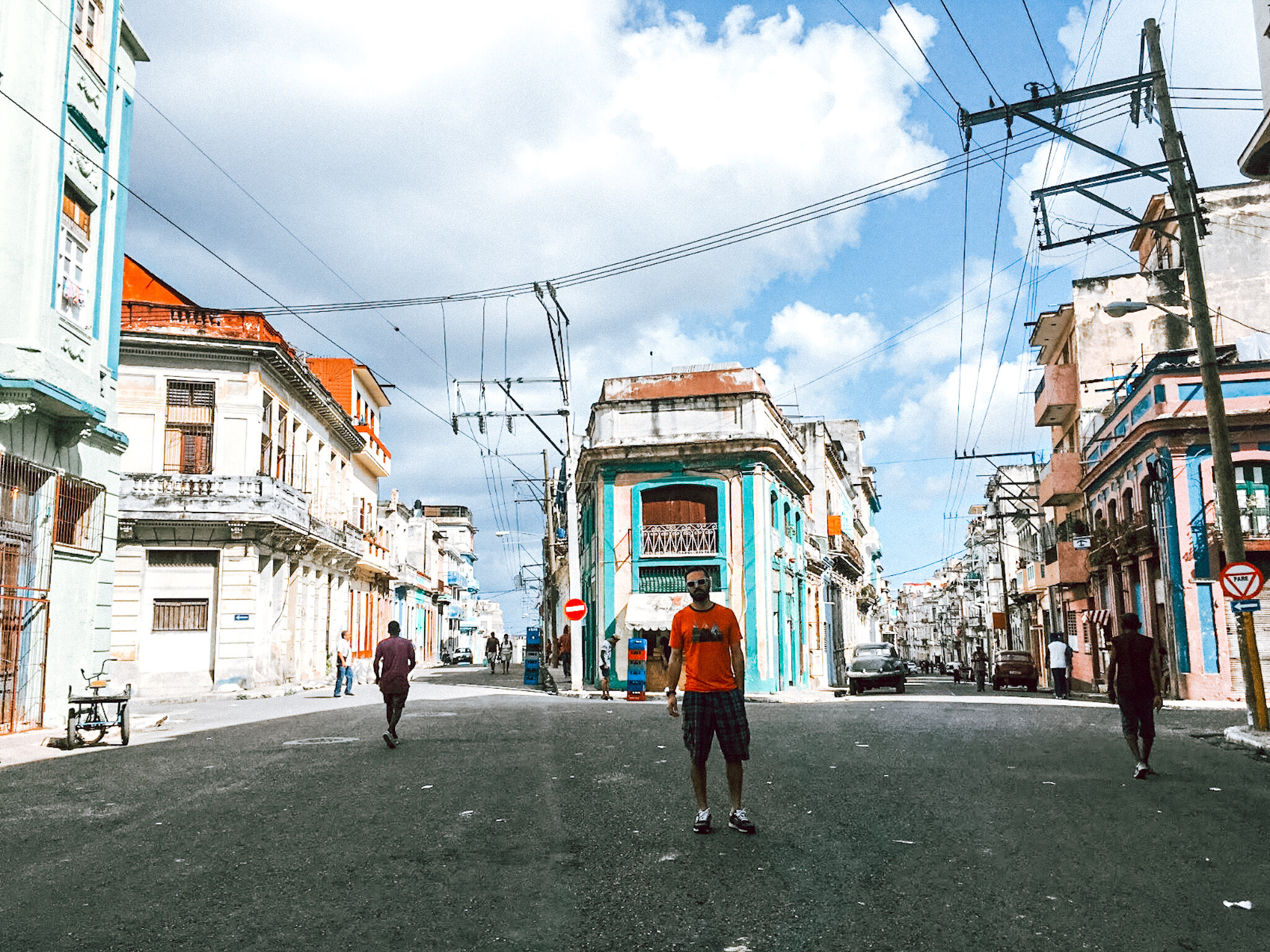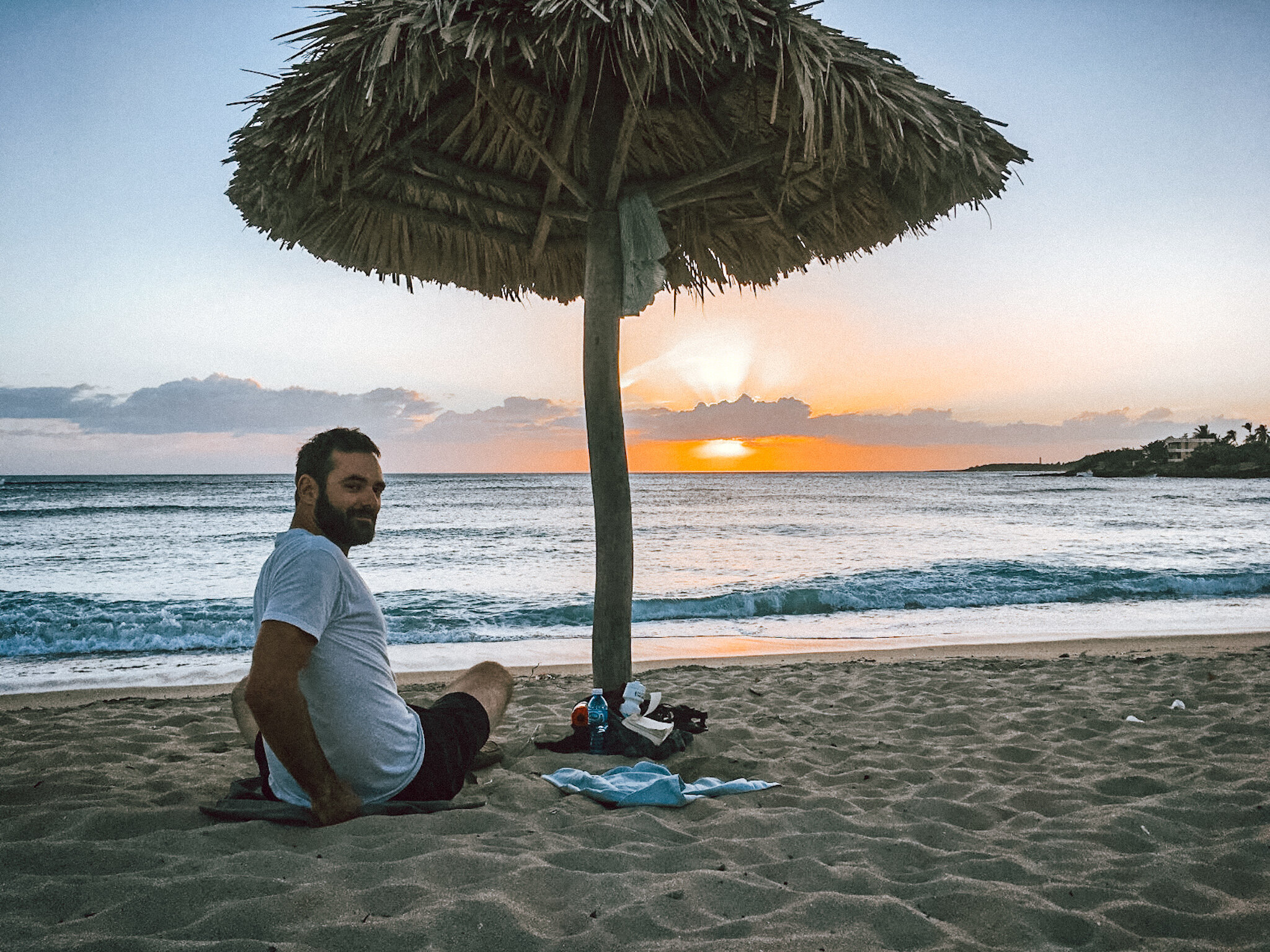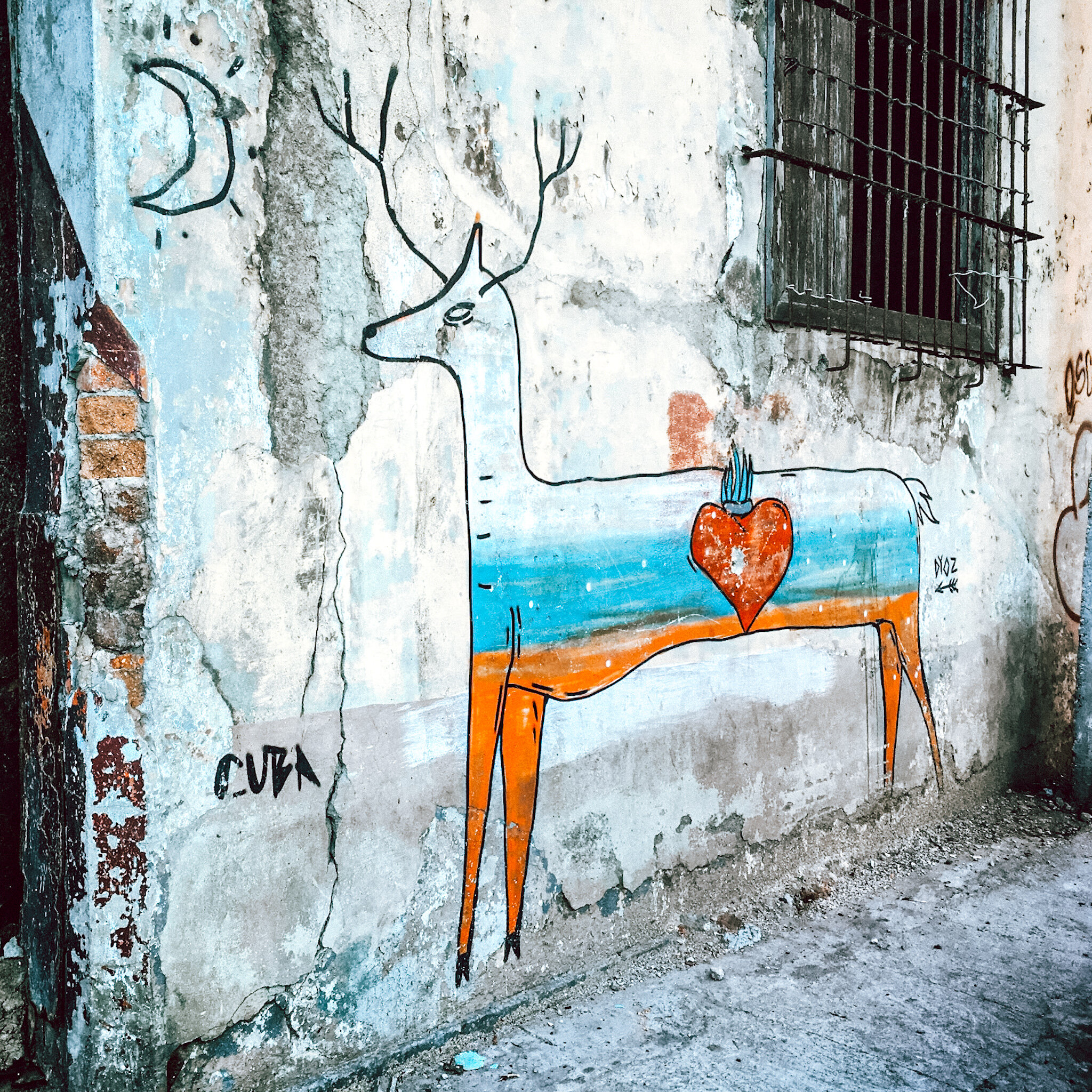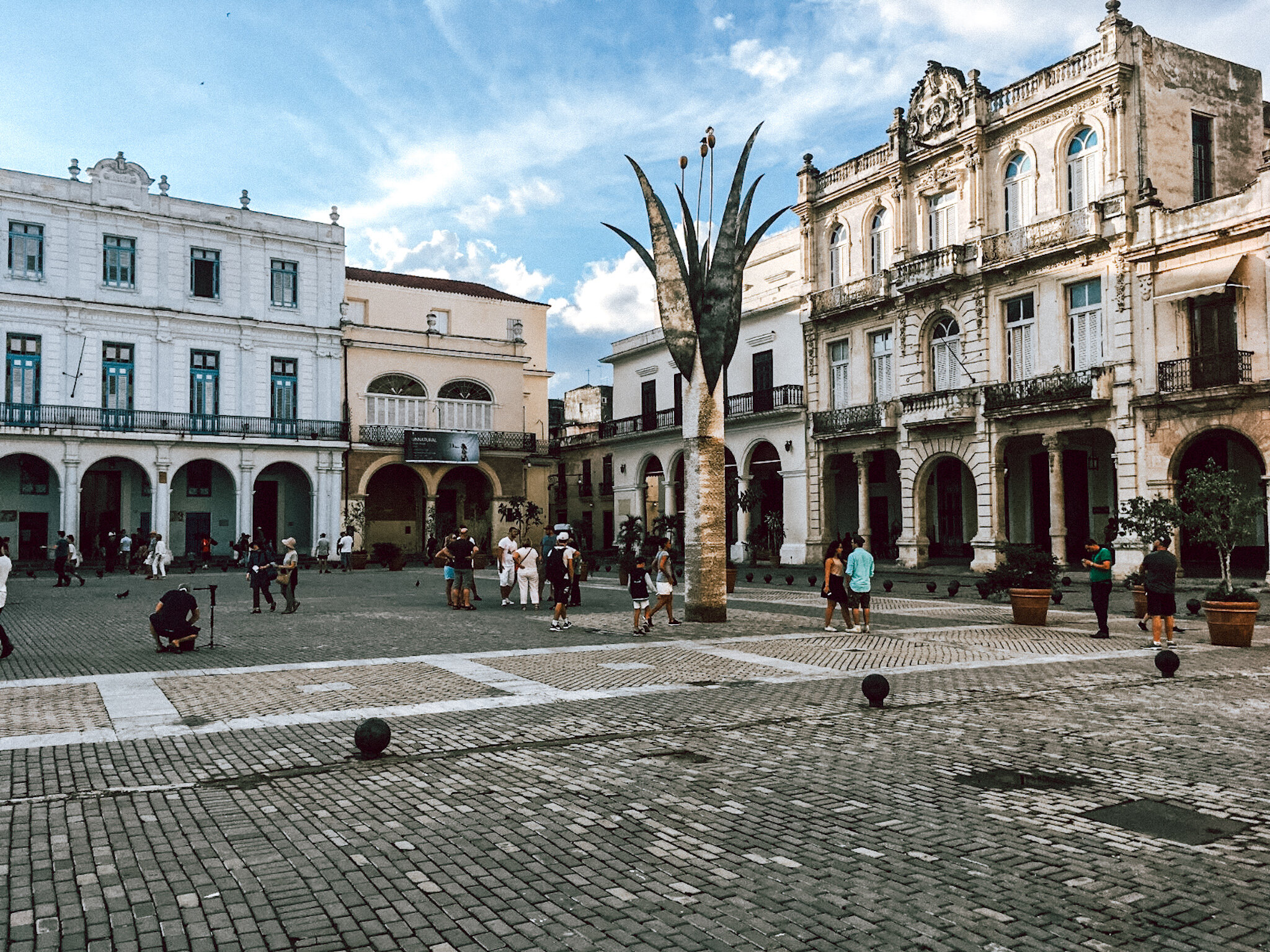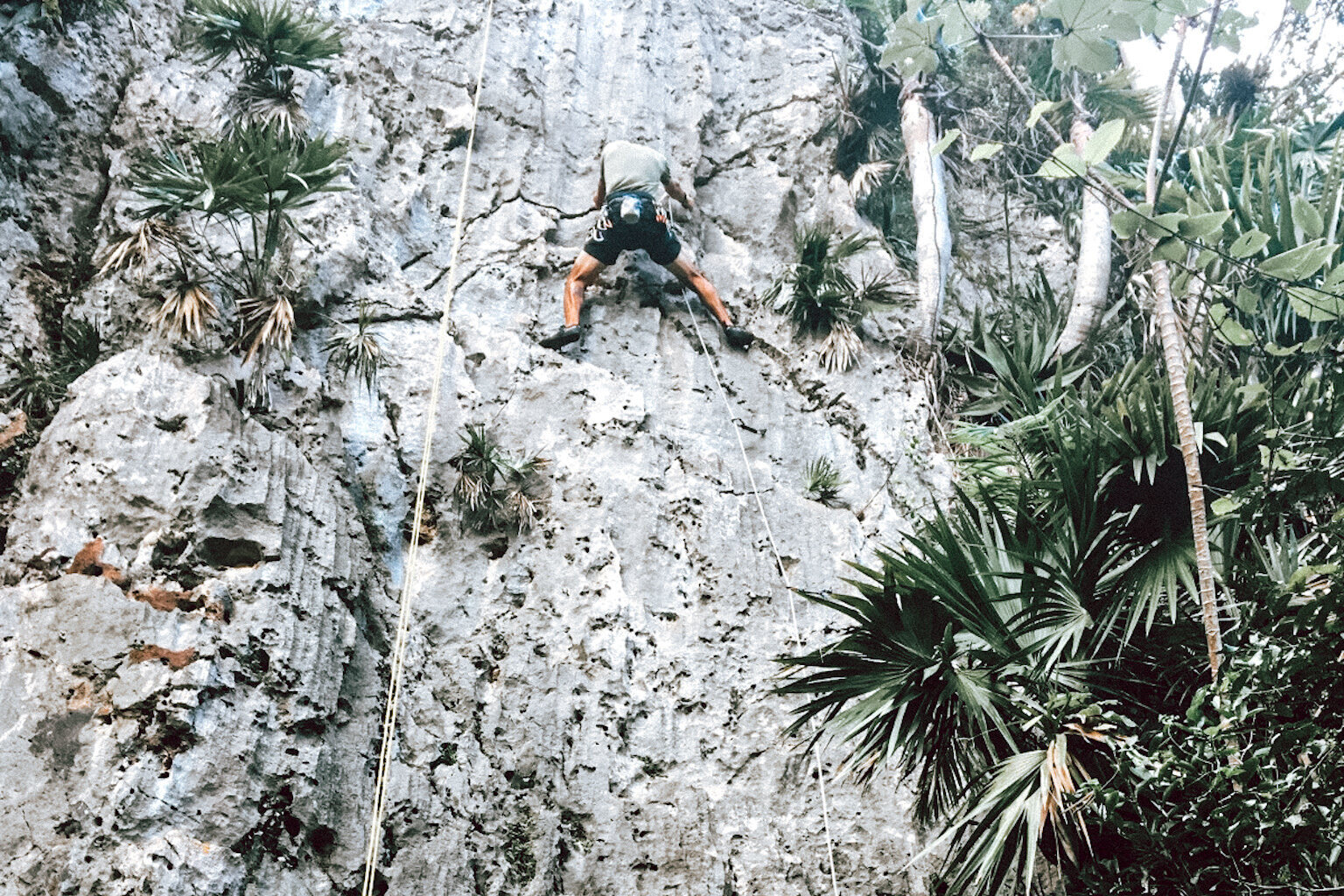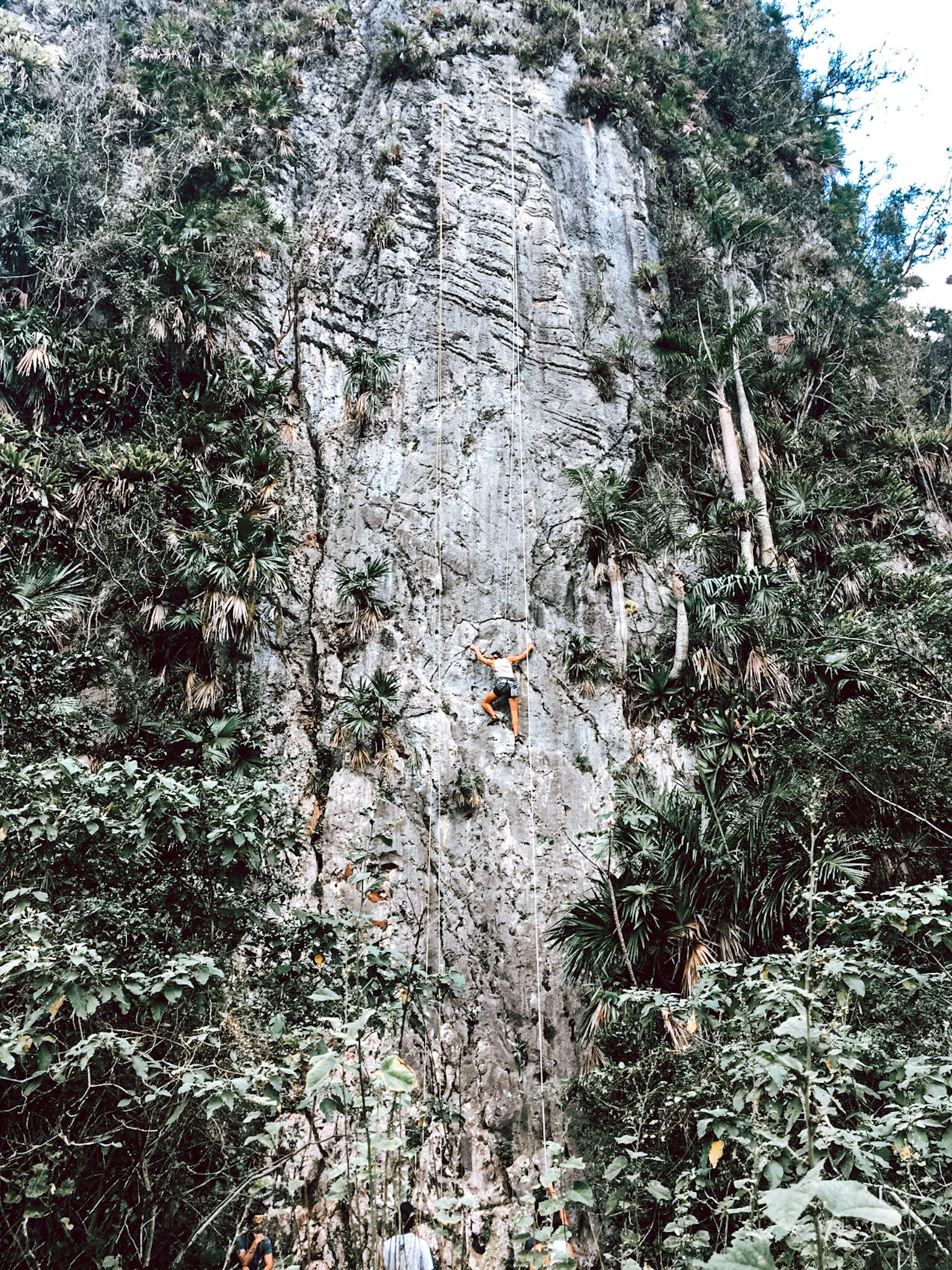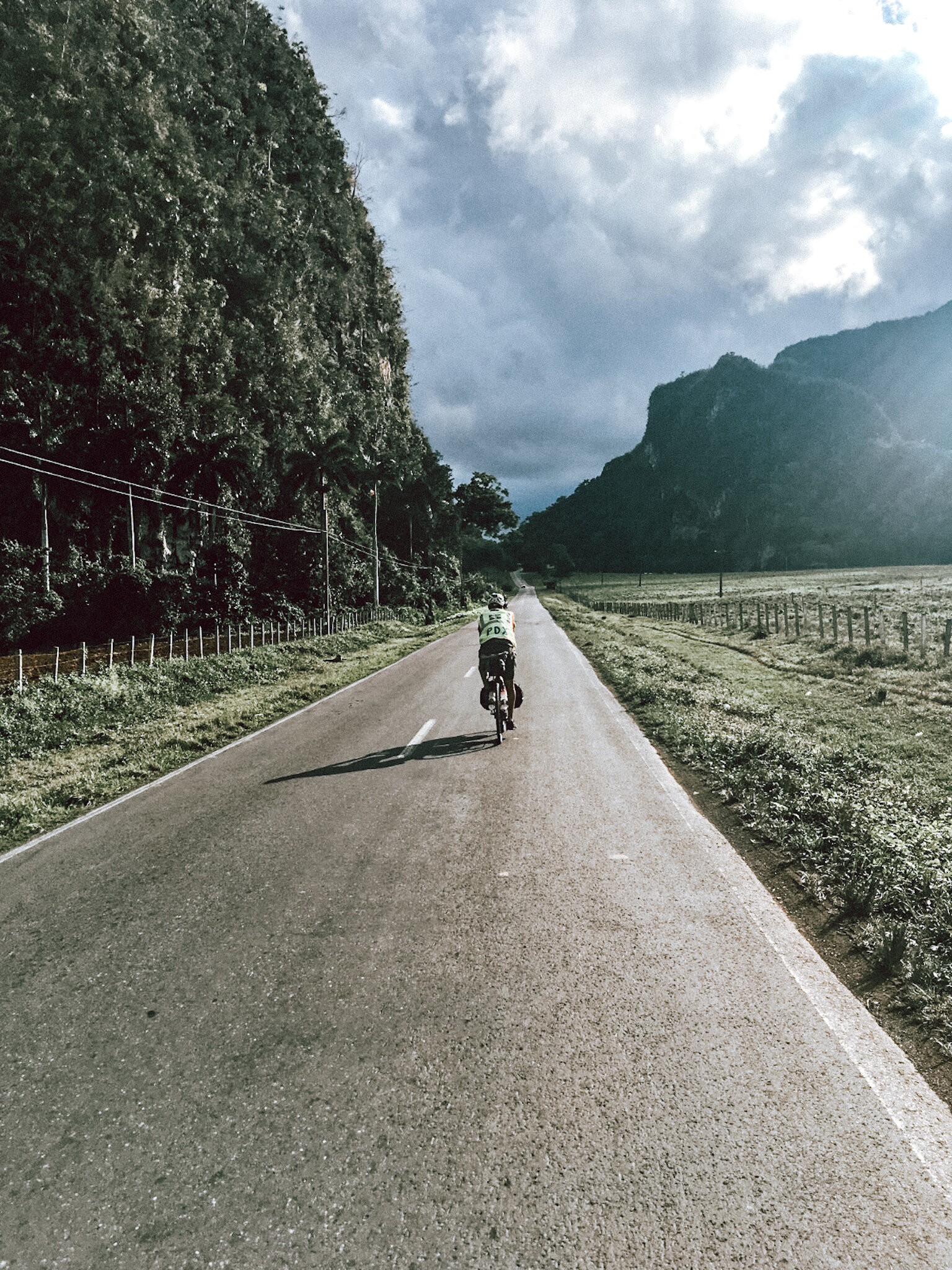Bicycling Cuba
Disclaimer: This piece was originally published in Bicycle Times Magazine Issue #46 in March 2017. We spent a month in Cuba biking around from December 2016 - January 2017. Since then travel to Cuba has once again become very restricted. The reason I posted this now was because I have been reflecting a lot about Cuba and the people we met while we were there. I recognize how extremely privileged we were to get to experience what we did when we did. We wrote this article five years ago when there was hope of a renewed relationship with the Cuban people. We shared meals with them at their tables in their homes. We experienced joy and heartbreak, witnessed kindness and their government’s cruelty. They were struggling five years ago and for many years before that but they love and laugh and dance and sing and find humor in some of the darkest places. For us, it was an amazing, life changing event we felt we wanted to share. Our hearts go out to everyone in Cuba who is fighting for what we consider basic rights and in no way intend to diminish their struggle.
Bicycling Cuba
By: Daniel Carter & Ashley Lance
Cuba is unlike anywhere else on Earth. The 700-mile-long island tucked in between the U.S. and Central America is less than 100 miles from Jamaica, Haiti and the Bahamas. Its socialist government, tumultuous past and recent relaxation of U.S. sanctions make it a unique time capsule rapidly colliding with the present; and while it’s relatively new to American tourism, Canadians and Europeans have been traveling there for years. You may find all the “comforts of home” in one town, but the next town over will be in stark contrast. If you’re interested in traveling to Cuba, go with an open mind and an open schedule and you'll do just fine. Try not to overthink it. After spending a month bicycle touring the island, those are the most important pieces of advice we can give. That, and carry toilet paper and hand sanitizer with you at all times.
In planning for this trip we had concerns about flight availability and traveling with bikes, and of course the visas. We scoured the internet and were led on a wild goose chase through web pages continually referring back to each other like an M.C. Escher staircase. We called the Cuban embassy in the U.S. only to follow multiple phone line extensions leading nowhere, or to a voicemail box that was full. We read several traveler’s blogs online only to find conflicting information. We felt like we were getting nowhere. Finally, we were put at ease with the help of a new friend who traveled there last Christmas and had an amazing experience. We also found solace in our Bicycling Cuba and Lonely Planet guide books and studied our NatGeo map of Cuba and Street Smart map of Havana . We had tickets, we had passports and we had the gear. All the paperwork we needed was at the airport in Mexico and the two visas would cost us roughly $30 USD.
We went with a flexible route plan because the internet service available is very slow and not always so easy to find. It comes in the form of Wi-Fi that is only available in some public parks, with a prepaid internet card that you buy on the street. If we needed to change a reservation mid trip, it could become time consuming at best. The cost for the cards is $3-$4 for 120 minutes and can only be used on one device and when asked, a local will happily direct you to the nearest internet park where you will notice large groups of people on their phones; and it's refreshing to know this is the only time you will see this.
The Cuban people are wonderful and are by far the best part of the experience. And since you will rarely encounter an English speaking local, take the time to brush up on your Spanish and learn the intricacies of their dialect. Be ready for "hard R's that sound like L's at the ends of words, and the omission of most S's. It is a little confusing at first but after a year or two in country you won't even notice. Occasionally, someone will approach you and offer assistance. If you follow them to whatever bar or restaurant they recommend be prepared to hand them a couple pesos upon arrival. If you’re expecting this, it can be a fun way to see the city and hear some stories. We were caught off guard a couple times, and paid out a couple bucks, but we learned a lot and are no worse for wear.
Bicycling around Cuba is a unique and wonderful way to experience the country. It’s certainly not the easiest, but it is unique. While we did not experience soul-crushing climbs or large distances of remote terrain, we did encounter the harshness of Cuba’s heat, humidity, and pollution. Throw in some intestinal issues and ferocious headwinds and you get bike touring in Cuba. For those who are capable of waking up hours before sunrise and finishing by lunchtime, you will be just fine. We are not those people. By the time we hit the road around 8- err… 9:00a it was already 80 degrees with 80% humidity. Around 11:30a we were greeted by a Northeasterly wind - sometimes it was a beautiful tailwind that propelled us to lunch, while other times it was a crippling headwind which slowed our pace to that of a snail. However, it often provided relief from leaded fuel exhaust pumping out of unmaintained vehicles from the 1950’s which otherwise would have blown directly into our faces. Ah, Cuba… If you can, start early.
Throughout our trip, we stayed in Casas Particulares, which simply means “private house.” They are government sanctioned bed and breakfasts and are fairly easy to find. They cost $15 to $35 USD per night and some can be booked online in advance through AirBnB. Some Casas are listed in guidebooks with contact information, but you will stumble across a dozen more on your way to find them. They all have signs. Feel free to knock on the door and ask the owner if they have an available room; then check the room out before you agree to the price. You will pay for your room in the morning when you check out. Make sure the shower is hot, the air conditioning is cold -and if you’re really picky- the toilet has a toilet seat. Also make sure there is a safe place to keep your bike. Some Casas have a fridge stocked with beverages and offer home cooked meals for an additional $5 to $10 per person which are often a nice option, but you can usually get better prices elsewhere.
Food. This is why we bike tour, right? Ride all day eat what we want does not necessarily apply in Cuba. They do know how to make proper rum drinks, amazing roasted pig, and world-class fried chicken, but they struggle in the snacking arena. Once upon a time we found one store in one city that carried Pringles, beside that the country seemed entirely devoid of potato chips! Our midday snacks were often ice cream, canned sodas and churros we bought from stands for pennies. On the street, a sweetened espresso style shot of coffee will cost .04 cents, a breakfast sandwich .32 cents, and a 6-inch “pizza” .80 cents; but you can’t buy a potato chip to save your life. You may lose weight on this bike tour.
As Americans, you will not be able to use U.S. credit or debit cards in Cuba as the free exchange of money between our countries is still forbidden. Cuba runs on a cash economy and you will need to arrive with all the money you need for your trip, so budget wisely. If you plan to exchange USD in Cuba, expect to pay a 10% fee on top of your exchange rate. Knowing this in advance, we chose to bring Euro that we exchanged through our banks a few days before our trip, and exchanged again once in Havana at a large hotel. But that’s not all. You will need to familiarize yourself with Cuba’s dual currency. The CUC or “tourist” currency is used for casas, restaurant meals and transportation; and the CUP or “locals” currency is used for street food and local markets. Take time to learn the difference between the two as the CUC is exchanged at 1:1 and the CUP at 25:1 against the American dollar, and both look very similar.
Being the adventurers we are, we were determined to camp a few nights. This was against advice given to us because camping really isn’t a “thing” in Cuba. We tried anyway. Turns out, Cuba is hotter (and more humid) than two squirrels screwing in a wool sock, and when the sun sets so does the humidity. Everything is soaked. The warm air becomes cool and damp. The sweat and grime from the day's ride never really wash off; and where baby wipes and baby powder usually prevail, here they fall miserably short. Every move in the tent sends water droplets falling on you like rain, adding to the cold clamminess which quickly turns to hot and sticky. Also, it is difficult to find land that is unfenced and suitable for camping. If you're really determined, your best bet is to ask a landowner for permission; everybody is so friendly they will likely oblige, though they may want to question your sanity.
Cuba. Go now. Arrive with an open mind. Have a daiquiri at lunch. Enjoy every moment, as Cuba will not be the same as it is right now.
